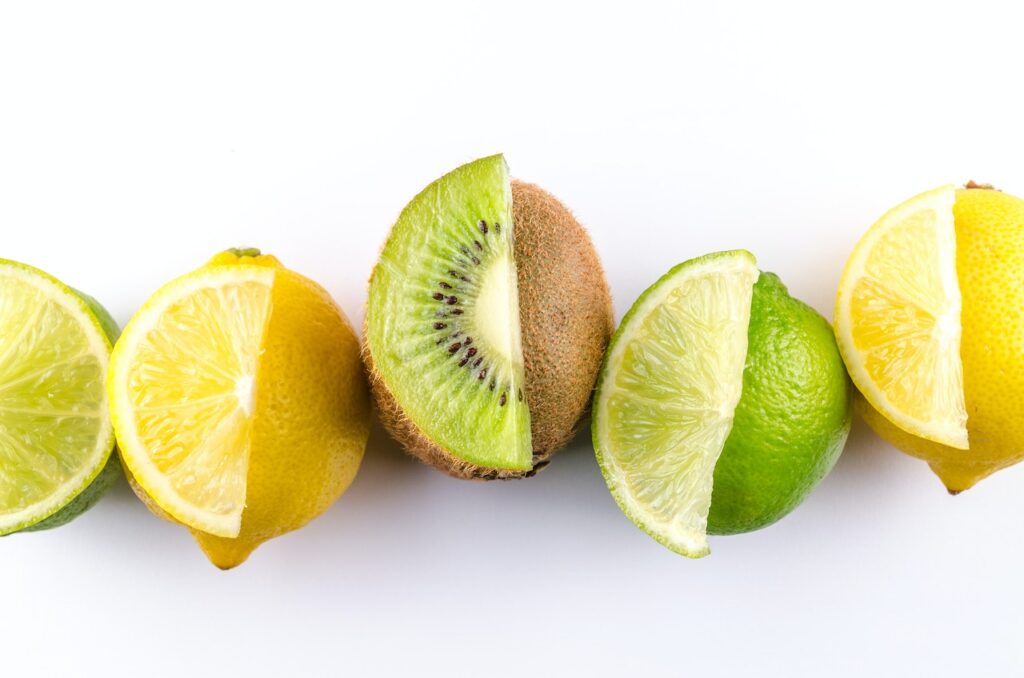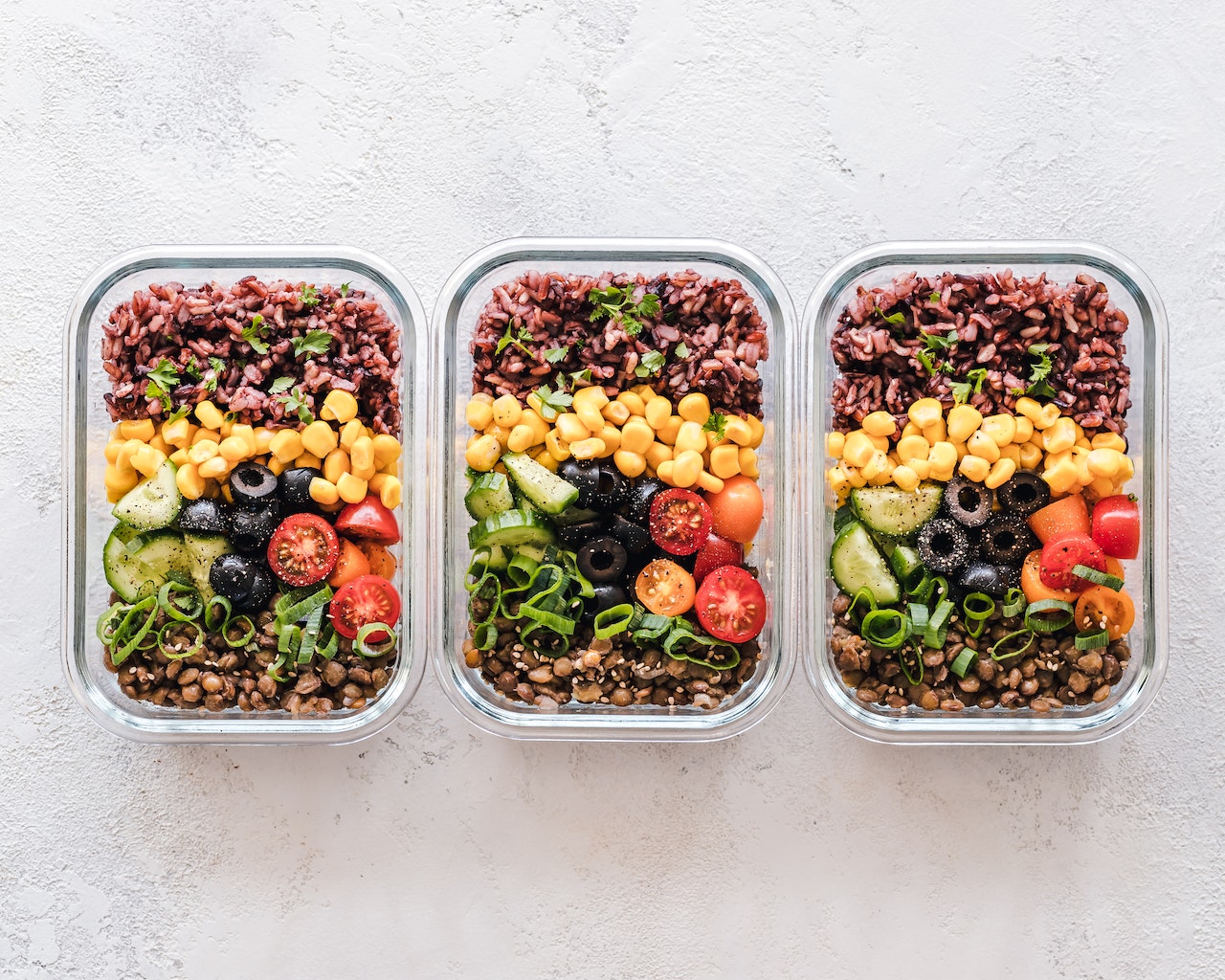
The Beginner's Guide to the Low FODMAP Diet: Everything You Need to Know
Do you often feel bloated, gassy, or experience other digestive issues after eating certain foods? If so, you’re not alone. Millions of people around the world suffer from digestive discomfort, which can greatly impact their quality of life. Fortunately, there’s a dietary approach that may help: the low FODMAP diet.
The low FODMAP diet is a science-backed approach to relieving digestive symptoms by avoiding certain types of carbohydrates. These carbohydrates, known as FODMAPs (fermentable oligosaccharides, disaccharides, monosaccharides, and polyols), can be difficult to digest and cause uncomfortable symptoms in some people.
To put it simply, FODMAPs are like the party guests who overstay their welcome. They come in, eat and drink everything in sight, and then create chaos in your gut before finally leaving. By avoiding these party guests (FODMAPs) for a short time, you can give your gut a chance to rest and heal.
In this beginner’s guide to the low FODMAP diet, we’ll explore the science behind it, which foods to avoid and enjoy, and how to make the diet work for you. With the help of a registered dietitian and a positive attitude, you can successfully navigate the low FODMAP diet and achieve better digestive health. So, let’s dive in and learn everything you need to know!

What is the low FODMAP diet?
FODMAPs are short-chain carbohydrates that are poorly absorbed in the small intestine. When they reach the large intestine, they can be fermented by gut bacteria, leading to symptoms such as bloating, gas, and abdominal pain. The low FODMAP diet is an evidence-based approach that restricts high FODMAP foods for a period of time to help identify which ones are causing symptoms.
Once you’ve identified your triggers, you can work with a registered dietitian to incorporate as many high FODMAP foods into your diet as possible without causing symptoms. This personalized approach ensures that you’re getting all the health benefits of high FODMAP foods while also keeping your gut happy and symptom-free.
How does the low FODMAP diet work?
The low FODMAP diet is divided into three phases: elimination, reintroduction, and maintenance.
Elimination phase: During this phase, high FODMAP foods are eliminated from the diet for a period of two to six weeks. This phase is designed to reduce symptoms and establish a baseline.
Reintroduction phase: Once symptoms have improved, FODMAPs are gradually reintroduced, one at a time, to determine which ones are causing symptoms. This phase can take several weeks to complete.
Maintenance phase: Once trigger foods have been identified, they are limited or avoided, while non-trigger foods are enjoyed in moderation. The goal of the maintenance phase is to find a balance that allows for symptom relief without unnecessary restriction.

What foods are high and low in FODMAPs?
It’s important to note that FODMAPs are not necessarily bad on their own. In fact, many high FODMAP foods are nutritious and provide important health benefits. However, for people with certain digestive conditions, FODMAPs can be difficult to digest and can lead to uncomfortable symptoms.
The low FODMAP diet is not about demonizing all FODMAPs or avoiding them forever. Instead, it’s a short-term approach designed to help you identify which FODMAPs may be problematic for your gut. By temporarily eliminating high FODMAP foods and then gradually reintroducing them one at a time, you can determine which FODMAPs trigger your symptoms and create a personalized diet that works for you.
What foods are high in FODMAPs?
Fructose: Found in fruits, honey, high fructose corn syrup, and some vegetables.
Lactose: Found in dairy products such as milk, yogurt, and cheese.
Polyols: Found in some fruits and vegetables, as well as sugar-free gum and candy.
Fructans: Found in wheat, onions, garlic, and some fruits and vegetables.
Galactans: Found in beans, lentils, and some vegetables.
What foods are low in FODMAPs?
Fruits: Bananas, blueberries, cantaloupe, grapes, kiwi, lemons, limes, oranges, pineapples, raspberries, strawberries.
Vegetables: Bell peppers, bok choy, carrots, celery, eggplant, green beans, lettuce, potatoes, spinach, squash, sweet potatoes, tomatoes, zucchini.
Grains: Gluten-free bread, rice, quinoa, oats.
Proteins: Meat, poultry, fish, tofu, tempeh, eggs, nuts, seeds.
Dairy: Lactose-free milk and yogurt, hard cheeses.
Fats: Olive oil, coconut oil, avocado, nuts, seeds.

How can you get started with the low FODMAP diet?
- All Post
- FODMAP
- Gut Health
- Histamine Intolerance

Looking to start a low FODMAP diet but feeling overwhelmed? A registered dietitian can help. Learn how to find the…
- All Post
- FODMAP
- Gut Health
- Histamine Intolerance

Keep track of your food and symptoms with these top food diary tracking apps for the low FODMAP diet. Are…
- All Post
- FODMAP
- Gut Health
- Histamine Intolerance

Confused about which foods are high or low in FODMAPs? Our ultimate guide will help you navigate your FODMAP journey…
- All Post
- FODMAP
- Gut Health
- Histamine Intolerance

Meal planning is essential for success on a low FODMAP diet. In this post, we'll share some tips and tricks…
The low FODMAP diet can be challenging at first, but it’s worth it if it helps you feel better. Remember, it’s not about deprivation or restriction, but about finding a balance that works for you.

How to make the low FODMAP diet work for you
While the low FODMAP diet can be an effective way to relieve digestive symptoms, it’s important to approach it with a healthy mindset. Here are some tips for making the diet work for you:
1. Don’t stay on the elimination phase longer than necessary:
While the elimination phase is designed to reduce symptoms and establish a baseline, it’s important to move onto the reintroduction phase as soon as possible. Staying on the elimination phase for too long can lead to unnecessary restriction and nutrient deficiencies.
2. Be open to trying new foods:
While it can be tempting to stick to the same safe foods, it’s important to incorporate a variety of low FODMAP foods into your diet to ensure you’re getting a range of nutrients. Experiment with new recipes and ingredients to keep things interesting.
3. Don’t be too hard on yourself:
The low FODMAP diet can be challenging at times, and it’s okay to slip up occasionally. Instead of feeling guilty or discouraged, use it as an opportunity to learn what triggers your symptoms and how to avoid them in the future.
4. Seek support:
It can be helpful to have a support system while navigating the low FODMAP diet. Consider joining a support group or connecting with others who are following the diet for tips and encouragement.
5. Focus on overall health:
While the low FODMAP diet can be helpful for relieving digestive symptoms, it’s important to also focus on overall health. Incorporate other healthy habits such as regular exercise, stress management, and getting enough sleep to support your overall wellbeing.
Get Started!
If you’re struggling with digestive issues and suspect that certain foods may be triggering your symptoms, the low FODMAP diet may be worth exploring. With the help of a registered dietitian, you can safely and effectively identify trigger foods and find a balance that works for you.
Remember, the low FODMAP diet is not about deprivation or restriction, but about finding a way to feel your best. By following these tips and staying positive, you can make the low FODMAP diet work for you and achieve better digestive health.
Recommended
- All Post
- FODMAP
- Gut Health
- Histamine Intolerance



